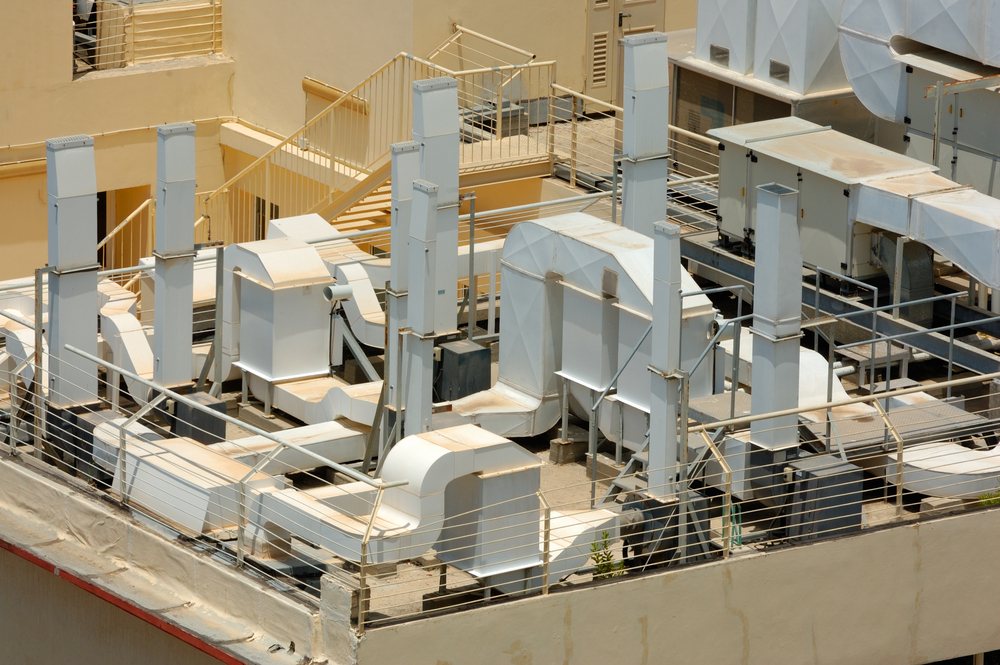5 Things You Should Know About Legionnaires' Disease

Outbreaks of Legionnaires' disease have been reported by health officials in two major cities this summer: Eight people have died and 107 have been confirmed infected in an outbreak that began in mid-July in Quebec, and eight infections, including two deaths, occurred among the guests at a hotel in Chicago. The Chicago outbreak was announced yesterday (Aug. 27).
In Quebec, where the average of those who have died is 79, the outbreak's source is believed to be water cooling towers. Towers are being inspected and disinfected with bromine, according to Canadian media reports.
The Chicago cases were people who had stayed at the JW Marriott hotel and the source of the outbreak has been identified, health officials said. Details about the deaths have not been released. There is no ongoing health risk to hotel guests, according to the Chicago Department of Public Health, although more cases may yet be reported because symptoms of the disease can occur several weeks after exposure.
Here's a look at what you need to know about Legionnaires' disease:
1. What is Legionnaires' disease?
Legionnaires' disease is an infection caused by bacteria called legionella, named after a 1976 outbreak during an American Legion convention in Philadelphia.
The bacteria lead to pneumonia.
Get the world’s most fascinating discoveries delivered straight to your inbox.
Between 8,000 and 18,000 people in the U.S. are hospitalized yearly with Legionnaires' disease, according to the Centers for Disease Control and Prevention. However, the number of infections may be higher because many cases are not diagnosed or reported.
2. How does Legionnaires' disease spread?
Legionella bacteria are commonly spread through airborne water droplets. Mist or vapor contaminated with the bacteria can come from whirlpool spas, cooling towers (used as air-conditioning units in large buildings), and water used for drinking and bathing, according to the CDC.
The illness can happen any time of year but is most common during the summer and early fall.
Window and automobile air conditioners do not seem to allow the bacteria to grow, and the bacteria are not spread from person to person, according to the CDC.
3. What are the symptoms of Legionnaires' disease?
Legionella bacteria trigger pneumonia, which is inflammation of the lungs. Symptoms include a high fever, chills, cough, muscle aches and headaches, and typically appear two to 14 days after exposure to the bacteria. There are many other causes of pneumonia, however, so diagnosing Legionnaires' can be difficult.
Chest X-rays, along with analyses of phlegm, blood or urine, can show evidence of the bacteria, according to the CDC.
In some cases, the legionella bacteria cause a mild infection rather than a serious one. This condition is referred to as Pontiac fever, according to the CDC. Pontiac fever usually lasts two to five days, and there is no pneumonia. The condition may cause fever, headaches, and muscle aches, but the symptoms usually go away on their own.
Typically, less than 5 percent of people exposed to the bacteria develop Legionnaires' disease. Of every 20 people who become ill from the condition, one to six will die of it, based on CDC statistics.
4. Who is most at risk of Legionnaires' disease?
People are more likely to develop Legionnaires' disease if they are older than 65, smoke, or have lung disease or a weakened immune system, according to the National Institutes of Health.
5. How is Legionnaires' disease treated?
Antibiotics are used to treat Legionnaires' disease, according to the Mayo Clinic.
Pass it on: Legionnaires' disease is a generally an uncommon infection, but outbreaks associated with contaminated water sources occur.
This story was provided by MyHealthNewsDaily, a sister site to LiveScience. Follow MyHealthNewsDaily on Twitter @MyHealth_MHND. We're also on Facebook & Google+.



